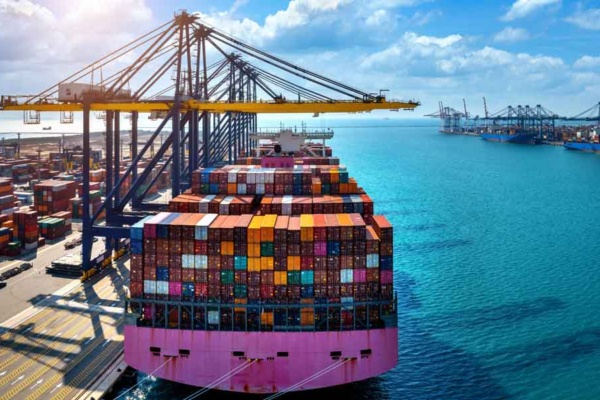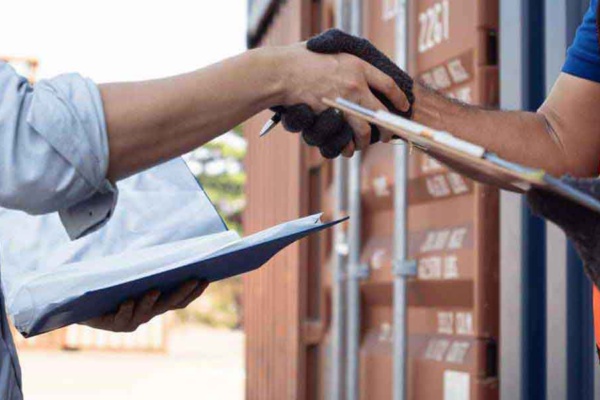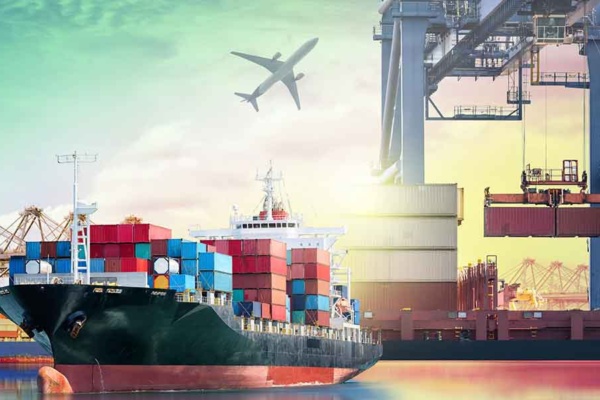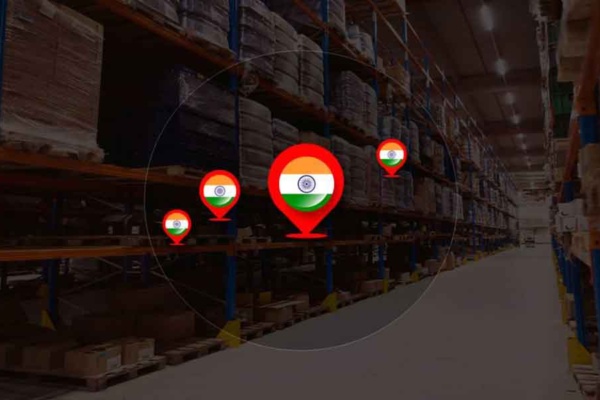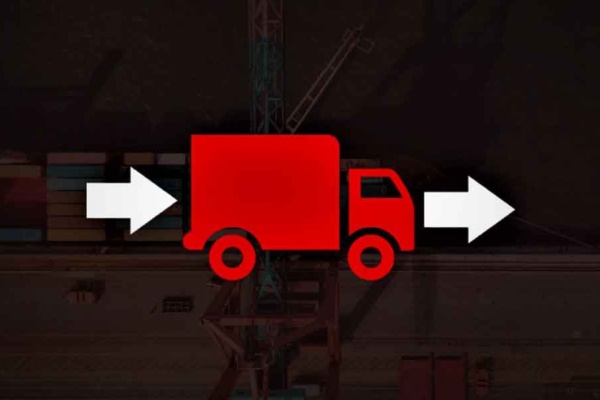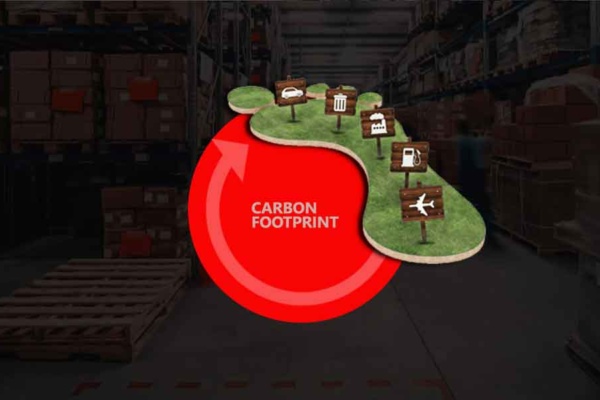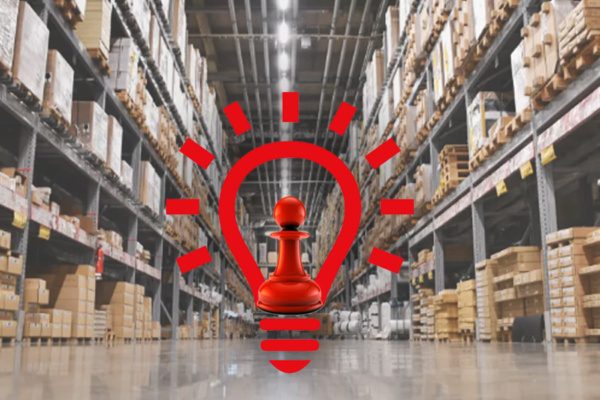Category Archives: Blog
Every year around 11 billion tons of goods are transported through ships. From 1931 to the present day, a great variety of multimodal…
What is the need for introducing green solutions? Supply chains account for 80% of the greenhouse gas emission and impact on air, land,…
Businesses utilise several types of organisations to assist them in navigating the lengthy process of transporting products across borders. Freight forwarders, as well…
Importers must work with a customs broker to clear a consignment for import. They can provide insight and direction as a logistics partner…
Selecting the ideal freight forwarder for international or domestic freight forwarding is of similar importance to selecting a business partner. They must share…
Smaller cities become new hubs in the Indian warehousing landscape. India’s warehousing industry is ready to see a new future which is smart…
Port-Centric Logistics (PCL) is a newly developed concept wherein the logistics and distribution services are located at the port. This is being seen…
Many organisations are aiming to become carbon neutral by reducing the carbon footprints through various environment- positive strategies. This means, any carbon released…
Any organisation works well and produces desired results in the long term, only when it strives for regular improvement. Basic principles of Kaizen,…
Warehouse management has witnessed many technological advancements. The digital solutions and automation have optimised a lot of processes which has made operations easier…

